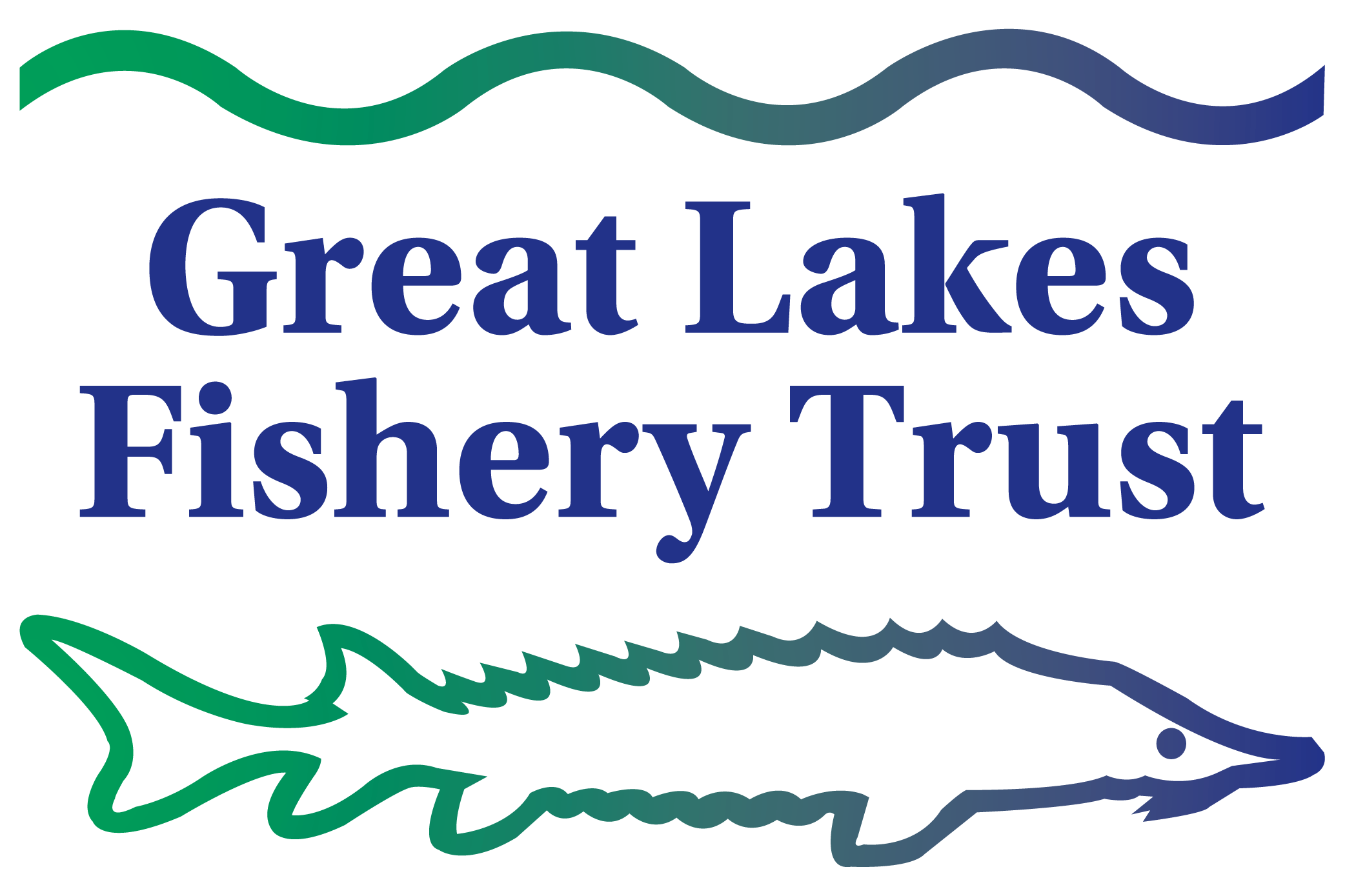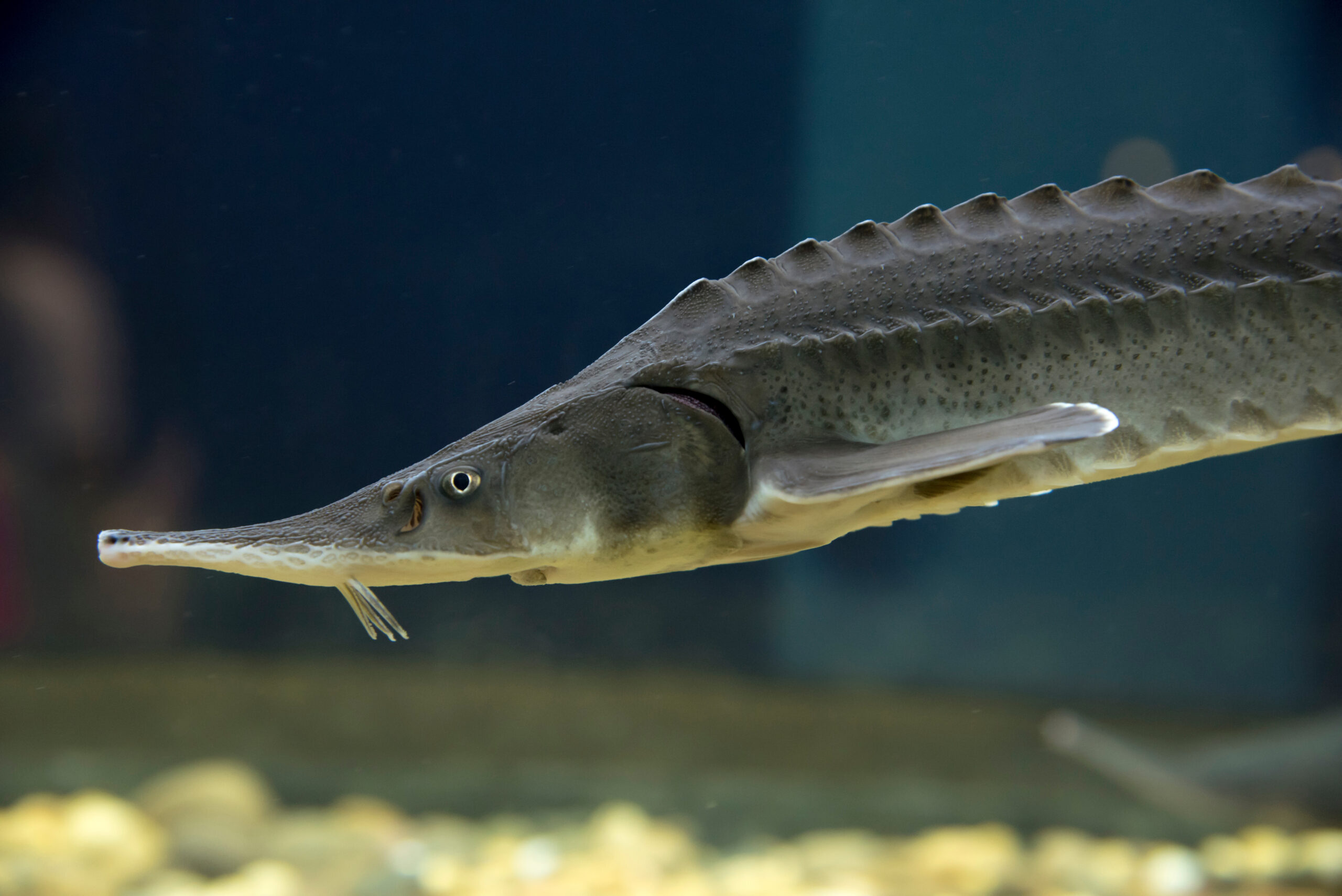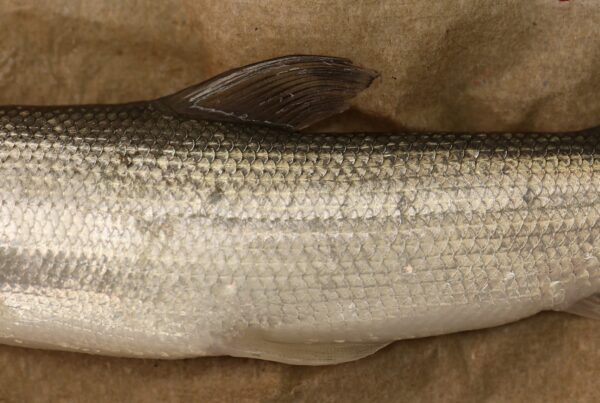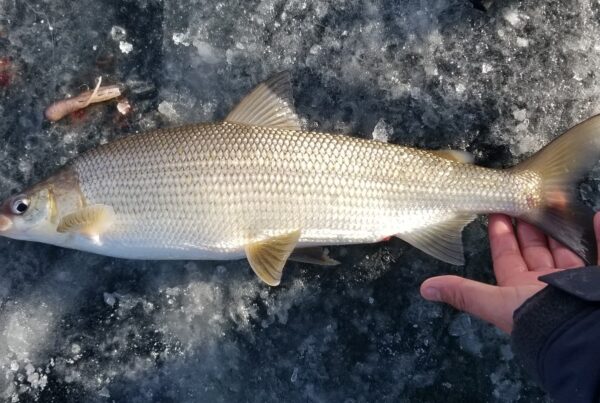GLFT 资助的研究人员推动 SNP 数据的使用
湖鲟(黄鲟) 是整个五大湖地区具有生态和文化意义的物种。然而,由于过度捕捞、栖息地丧失或退化以及水坝阻挡了适宜的栖息地等多种人为原因,其种群数量估计仅为历史水平的百分之一。因此,湖鲟在美国 19 个州被列为濒危或受威胁物种,在加拿大被列为受威胁物种。保护基因组学被证明是一种宝贵的工具,可以帮助研究人员和渔业管理者妥善管理和规范五大湖的湖鲟渔业。本期 研究笔记 重点介绍了五大湖渔业信托基金支持的有关湖鲟的研究贡献。
2015 年至 2019 年,西弗吉尼亚大学的 Amy Welsh 博士领导的研究小组研究了 16 个湖鲟产卵种群的适应性遗传多样性。Welsh 博士与拉瓦尔大学的 Eric Normandeau 和 Louis Bernatchez 一起,使用包括中性和适应性变异的单核苷酸多态性 (SNP) 分析了这些种群的遗传变异。然后,该团队根据适应性特征的相似性对种群进行分组,以确定旨在帮助保护湖鲟适应潜力的潜在管理单位。
”SNP 是 DNA 中单个碱基位置的基因组变异。可以研究基因组中的 SNP,以确定它们是否以及如何影响健康、疾病和其他特征(NHGRI 2022)。
国家人类基因组研究所(NHGRI)基因组和遗传术语词汇表
主要发现
- 研究小组发现,与一些基因研究中使用的微卫星相比,SNP 数据提供了更高的分辨率和增强的分配测试能力。
- 研究团队提出了在五大湖地区建立七个精细管理单位的建议,这些单位利用产卵地点的 SNP 数据和地理位置为渔业管理者的放养种群选择提供信息。
湖鲟研究取得重大成果
GLFT 支持的研究正在推进有关湖鲟生态学和基因组学在保护中的作用的科学知识。之前对湖鲟种群结构的分析基于中性遗传数据,这些数据追踪迁徙和遗传漂变的作用以确定种群结构。Welsh 博士的团队提高了对适应性变异如何分布的理解。此外,该团队提出的精细管理单位如果得以实施,可能会保护湖鲟种群的适应性潜力,这是保护遗传学的主要目标。
研究衍生品
研究团队与另一位 GLFT 资助的研究人员 Wesley Larson 博士合作,后者曾就职于威斯康星大学史蒂文斯分校,现就职于美国国家海洋和大气管理局,他们开发了一个由 258 个 SNP 组成的面板,用于将来使用该项目生成的数据进行分配测试和亲子关系分析。《五大湖鱼类和野生动物恢复法案》为该衍生项目提供了资金。
了解更多
有关这项研究的更多信息,请参阅 Whitaker、Justine、Lucas Price、James Boase、Louis Bernatchez 和 Amy Welsh。2020 年 10 月。“在基因组学时代检测精细尺度种群结构:以五大湖的湖鲟为例。” 渔业研究 230: 105646.
如有任何问题,请联系首席研究员 Amy Welsh 博士。 [email protected].
免责声明
研究笔记 包括 GLFT 资助项目的成果,这些项目为五大湖渔业相关的科学知识体系做出了贡献。研究人员的发现和资助结果摘要并不构成 GLFT 的认可或立场,而是为了提高人们对项目成果的认识,并为研究人员和渔业管理人员提供相关信息。
参考
美国国家人类基因组研究所 (NHGRI)。2022 年 5 月 10 日。“单核苷酸多态性 (SNP)。” 基因组.gov. 访问日期:2022 年 11 月 11 日。 https://www.genome.gov/genetics-glossary/Single-Nucleotide-Polymorphisms
